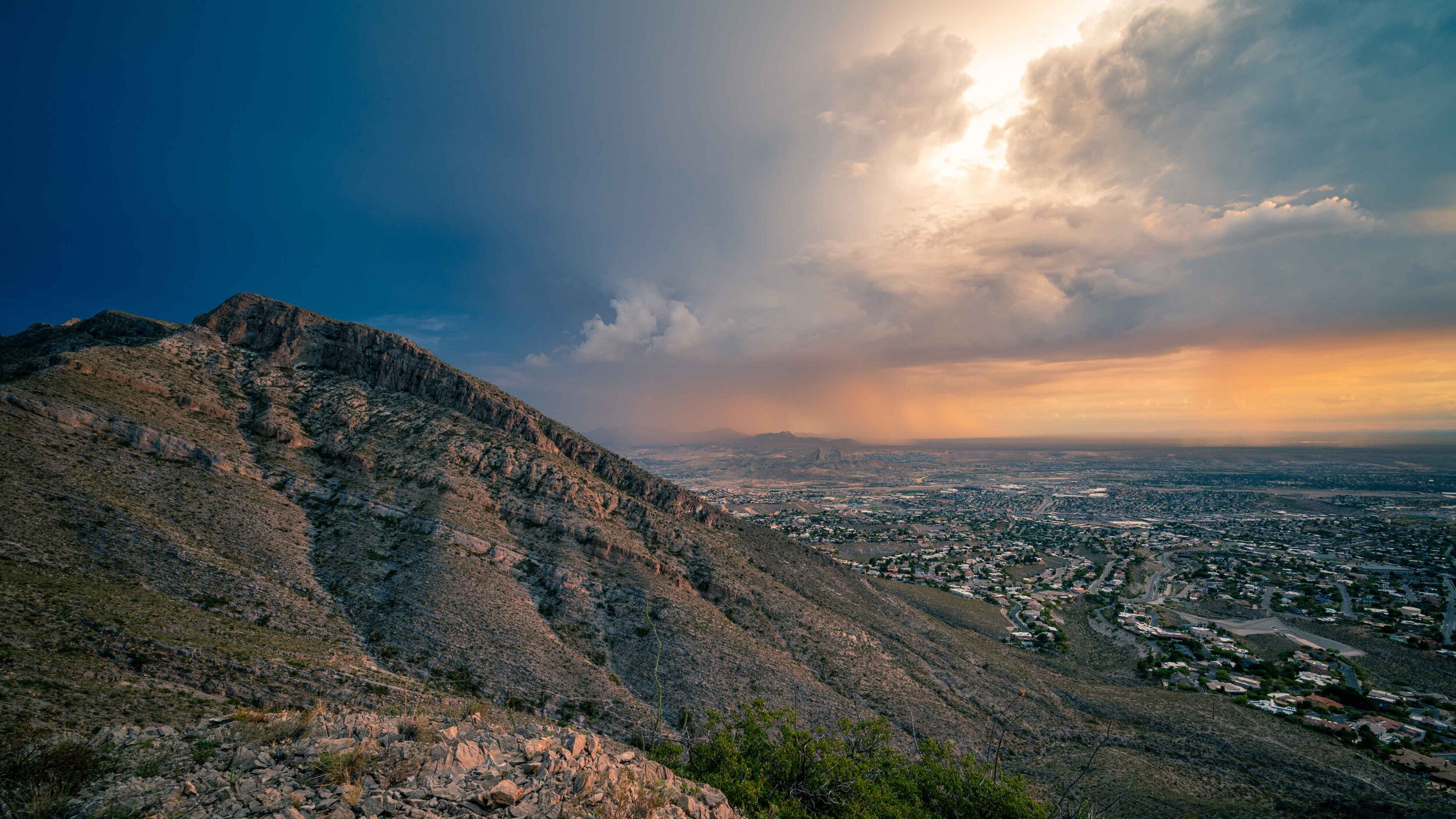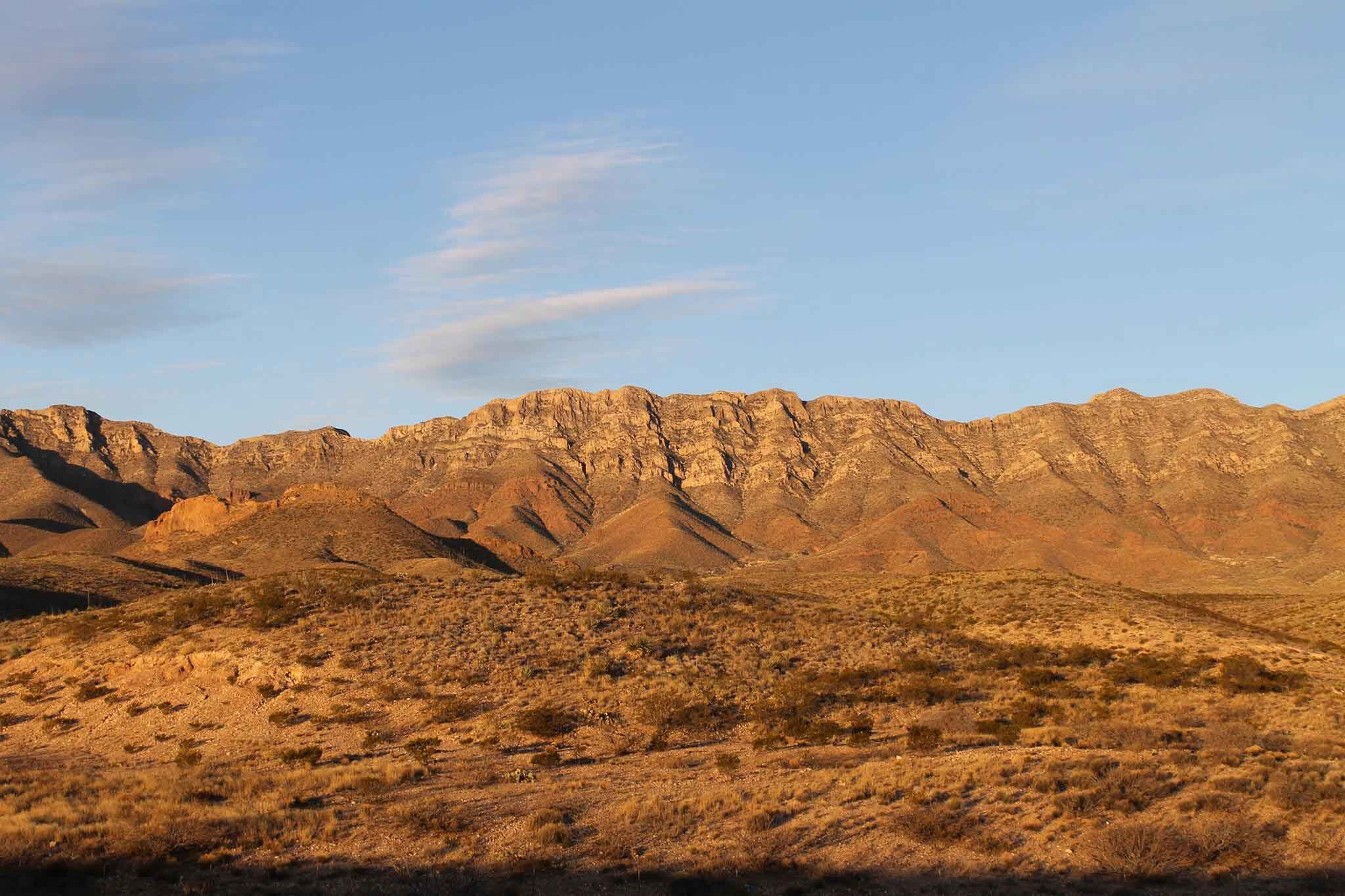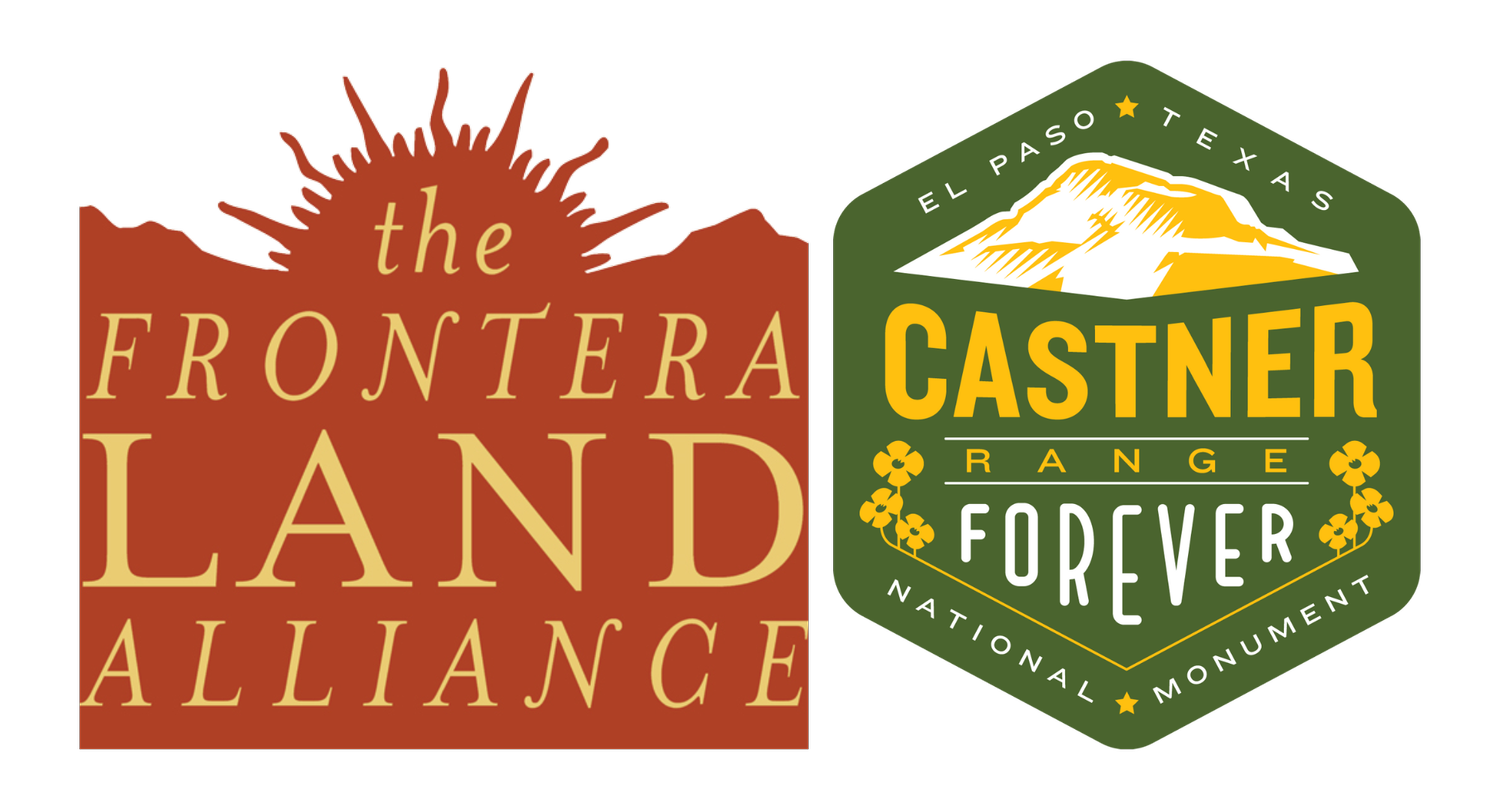
Special Places and Wide Open Spaces
Living in Texas wouldn’t be the same without wild places to explore. The Frontera Land Alliance is devoted to conserving special places by connecting the public through our mountains and desert.
THANK YOU TO HUNT COMMUNITIES
FOR GENEROUSLY SPONSORING THE 2025
FRONTERA NATURE DISCOVERY PROGRAM
The Frontera Land Alliance believes that education empowers children to pursue their dreams and reach their full potential. When nature is integrated into daily life, it becomes a joyful part of children’s and adults’ learning experiences. Frontera’s Nature Discovery Program incorporates nature into the "classroom" with a collaborative network of organizations and experts. Our program provides opportunities to:
• Explore natural spaces for hiking and discovery.
• Engage your senses by featuring the textures, smells, beauty, and wonder of nature.
• Participate in activities designed to develop observation skills, creativity, and innovative thinking.
The Chihuahuan Desert, one of the most biodiverse ecoregions in North America, is both our home and our classroom. However, our region faces significant challenges, including limited access to environmental education, a lack of outdoor recreation culture, and pressing environmental concerns such as water scarcity. Studies show that engaging in nature has profound benefits, particularly for children:
• Physical Health: Time spent in nature reduces childhood obesity, strengthens immune systems, and promotes physical activity.
• Mental Health: Exposure to green spaces reduces stress, anxiety, and symptoms of ADHD.
• Academic Performance: Outdoor education improves critical thinking, problem-solving, and overall academic performance.
• Social Skills: Nature-based activities encourage teamwork, empathy, and communication.
For adults, engaging with nature improves mental health, boosts productivity, and fosters a sense of community. Despite these benefits, El Paso’s outdoor recreation culture lags behind regions like Colorado, and Arizona. This underscores the urgent need for programs like ours to bridge this gap for people to feel comfortable in nature through learning and recreation for improved mental and physical health.
Nature offers one of the best classrooms for whole-child learning. Learning in nature allows a child to engage in all senses, including physical movement. Children who have regular contact with nature become deeper learners and experience more complete whole-person development. Additionally, a child’s heightened connection with nature often leads to families becoming engaged in more outdoor activities.
To learn more, reach out to: Outreach@Fronteralandalliance.org
See the support first-and through the eyes of children at the Frontera Desert Discovery Camps: Desert Discovery Camp 1
Want to request a site visit? Don’t know what to ask?
Below activities and topics are dependent upon the field trip location chosen
● Nature Hikes ● Wildlife Viewing ● Desert Art ● Wildlife Monitoring ● Invasives & Exotics ● Geology
● History with Natural Ecology ● Plant Identification ● Fishing ● Bird Adaptations & Owl Pellet Dissection
● Social Responsibility & Coastal Conservation ● Ask Us Your Special Request!
Citizen Science: http://www.insightselpaso.org/city-nature-challenge-el-paso/
Community Conservation
Community conservation is an approach to land conservation that includes more people. Community conservation begins by listening to many different voices in the community — then responding. Community conservation uses the strengths of the land trust to meet needs expressed by people in the community. You can learn more at Land Trust Alliance.
The Frontera Land Alliance works to conserve special lands and waters through permanent preservation. We connect all people to the desert to see the value first hand through walks and talks, presentations, as well guided hikes. Frontera brings people together to strengthen our Conservation Community by preserving our regional landscape which is rich in history, natural resources, breathtaking views, and recreational opportunities. T
Frontera conservation in our Chihuahuan Desert is all encompassing. It is important that we preserve areas that are home to our tiniest insects, to reptiles and amphibians, to mammals, birds and our desert plants. To learn a little more about the living creatures and plants of our desert please view the videos below.
Check out a few short videos:


